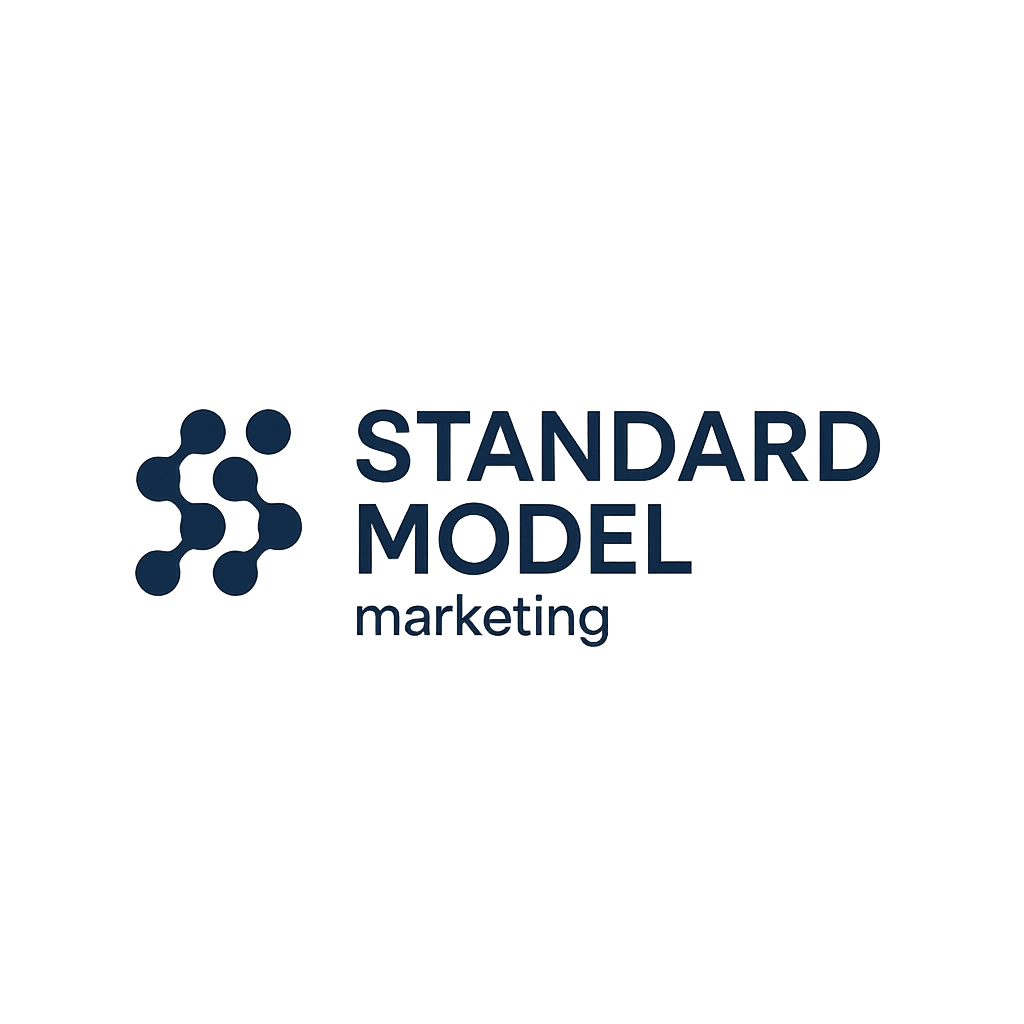Long-Term vs. Short-Term Strategy in Performance Marketing
When to Sprint. When to Build the Engine.
Performance marketing is full of tension.
You want results this quarter — but you’re also building a brand that lasts. Push too hard on the short term, and you sacrifice compounding. Go too slow, and you miss revenue.
The best marketers don’t pick one or the other.
They sequence both.
The Strategy Spectrum
Think of marketing strategy on a time axis:
| Type | Examples | Payoff Timeline |
| Short-Term | Paid search, conversion rate tests, flash campaigns | Days to weeks |
| Mid-Term | Funnel redesigns, nurture sequences, offer positioning | 1–3 months |
| Long-Term | SEO, brand building, community, thought leadership | 6–18 months+ |
You’re not choosing sides. You’re choosing the right tempo for the outcome you want.
When to Go Short-Term
Speed matters when:
- You’re validating a new offer
- Cash flow needs a boost
- You’ve got tight runway
- You’re testing audience-channel fit
Short-term strategy is useful — it just shouldn’t become your whole playbook.
Tools of the Short-Term Trade:
- Google Ads with tight intent terms
- Direct-response email sequences
- Landing page A/B testing
- Retargeting campaigns
- CRO-focused funnels
But if all your growth depends on these levers? You’re leasing results, not owning them.
When to Go Long-Term
Go long when:
- You want to lower CAC over time
- You need durable organic traffic
- You’re positioning as a category leader
- You’re building assets: brand, authority, content, data
Long-Term Tools:
- SEO + content systems
- Thought leadership IP
- Brand messaging platforms
- Owned audience channels (email, community)
These take time — but they compound.
The Marketing Barbell Strategy
Inspired by Nassim Taleb’s barbell portfolio idea:
Balance high-risk, high-return bets with stable, compounding plays.
In performance marketing, that looks like:
- 70% of your budget in proven, short-cycle channels (paid search, email)
- 30% invested in long-term growth plays (SEO, content, brand assets)
As results from the long-term bets grow, rebalance.
OGSM Example: Balancing Short + Long
| Element | Example |
| Objective | Build a profitable, defensible growth engine for our DTC brand |
| Goals | 3.5x ROAS, $2M annual revenue, 25% repeat purchase rate |
| Strategies | Drive short-term revenue with paid + email, invest in long-term SEO/UGC |
| Measures | ROAS, CAC:LTV ratio, organic sessions, subscriber growth |
Final Thought: Speed + Discipline Wins
It’s easy to fall into one trap:
- Obsess over short-term metrics and kill future growth
- Or wait for long-term wins without shipping fast enough
Smart teams build systems that do both.
Sprints feed the engine. The engine compounds.
